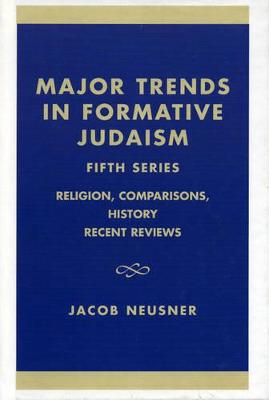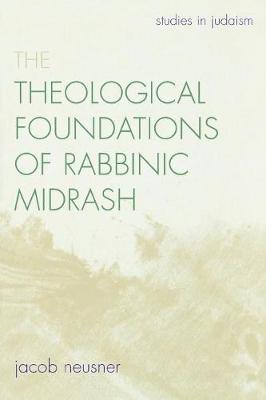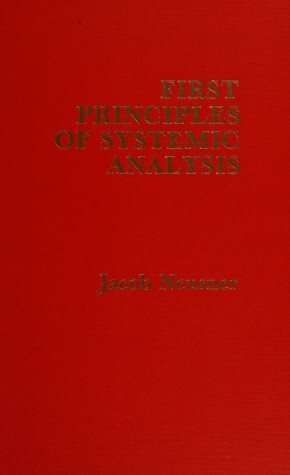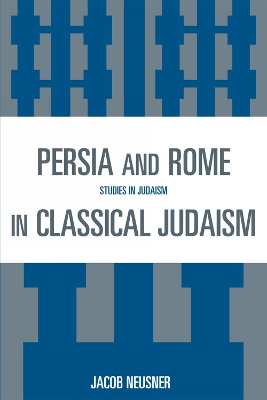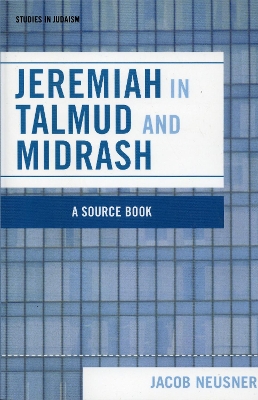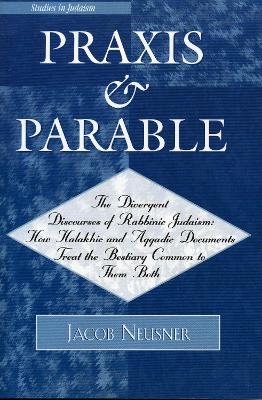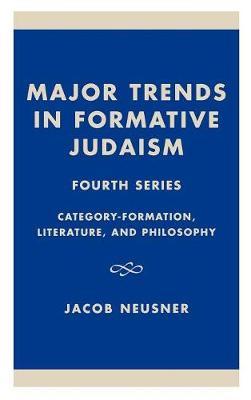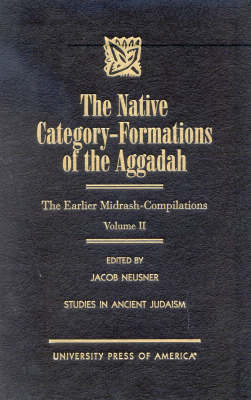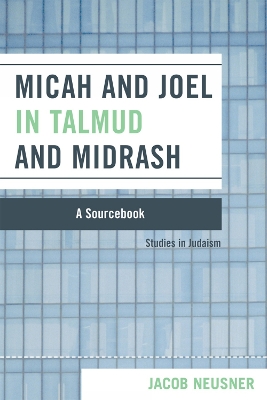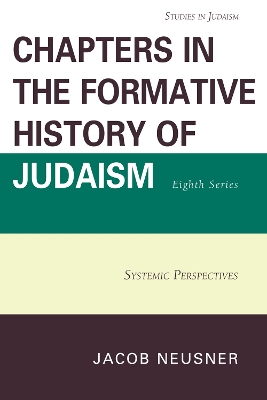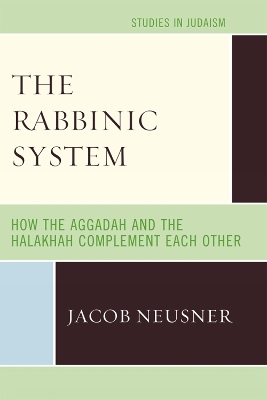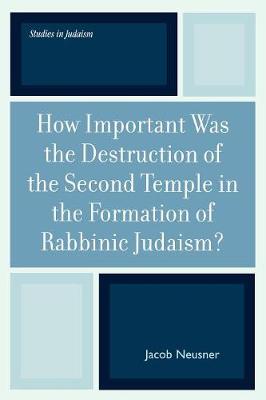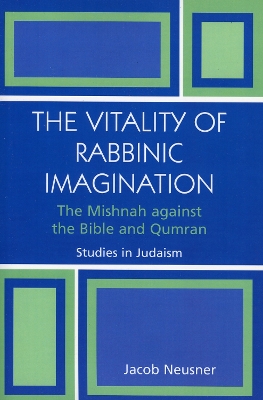Studies in Judaism
7 primary works • 77 total works
Chapters in the Formative History of Judaism, Eighth Series
by Jacob Neusner
The systematic Theology of the Halakhah and its equally systematic companion for the Aggadah, The Theology of the Oral Torah: Revealing the Justice of God, tell a single, continuous story. Seen together, the two large and distinct realms of discourse portray one Judaism: an integrated world-view (Aggadah), way of life (Halakhah), and account of the social entity, Israel. All together, these represent Neusner's answer to the critical question of defining Rabbinic Judaism: how do the diverse, autonomous documents of Rabbinic Judaism in its formative age coalesce, like the Mishnah, which transcends documentary limits and joins the Halakhah to the Aggadah in a single coherent formulation, and of what does that statement consist? In The Rabbinic System, he conveys, as a single continuous narrative, the tale that the Halakhah and the Aggadah as theological constructions jointly tell.
How Important Was the Destruction of the Second Temple in the Formation of Rabbinic Judaism?
by Jacob Neusner

